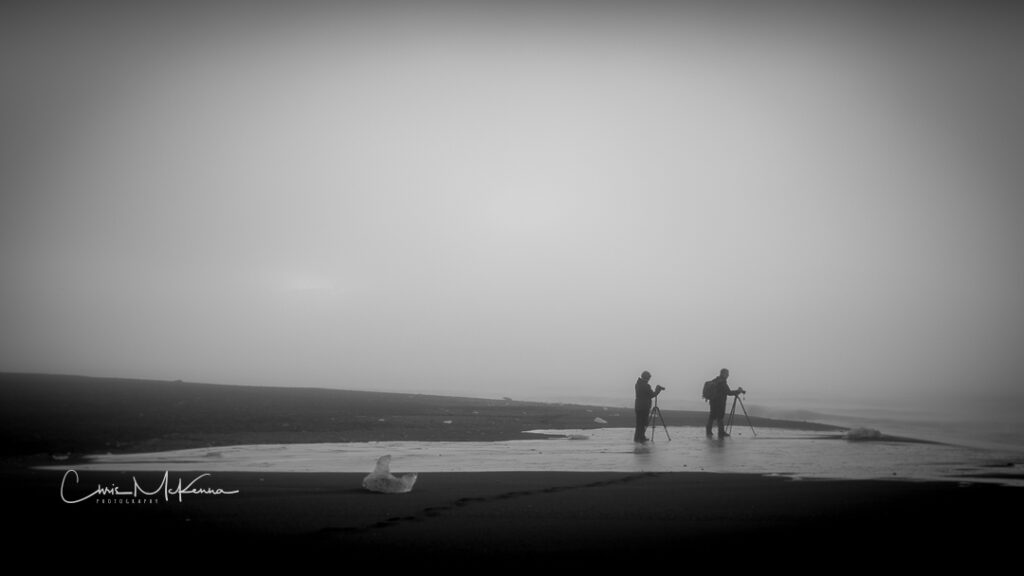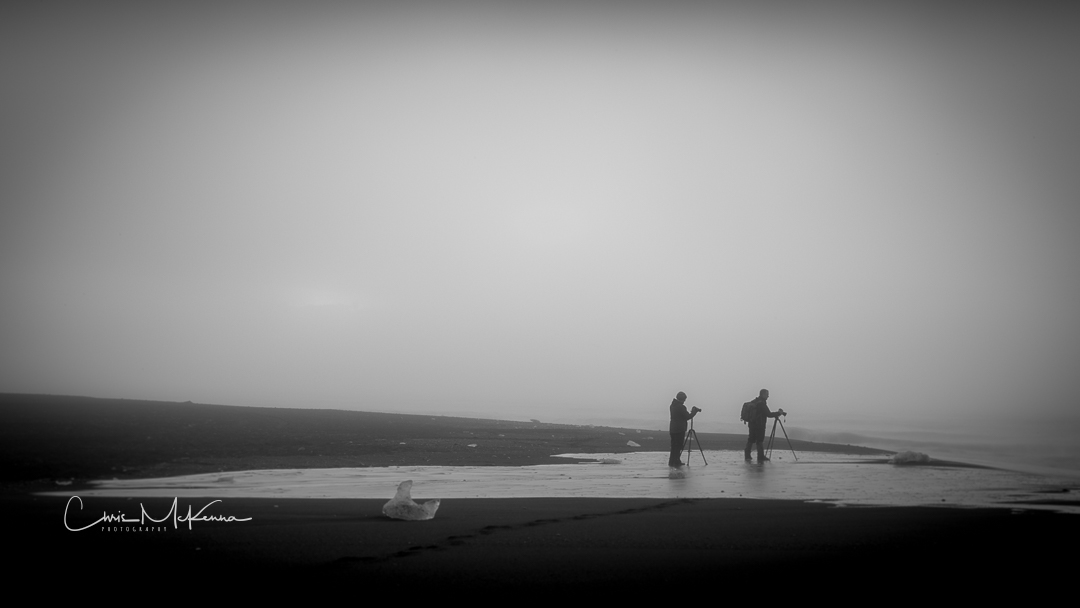
Welcome to our photography blog, where we’re dedicated to helping you enhance your photography skills and artistic vision. In this edition, we’ll explore the art of minimalism in photography—a technique that focuses on simplicity, clarity, and emotion. Minimalism can transform everyday scenes into powerful images that evoke deep feelings and resonate with viewers. Let’s delve into this captivating world and discover how to harness its potential.
Tip 1: Embrace Negative Space. At the heart of minimalism is the concept of negative space—the empty areas in your composition that surround your main subject. By using negative space, you can draw attention to your subject and create a sense of tranquility in your photograph. Experiment with placing your subject off-center and allowing ample empty space around it, encouraging the viewer to reflect on the emotions and stories within the frame.
Tip 2: Keep It Simple. In minimalistic photography, less truly is more. Choose a single subject or element as your focal point, eliminating distractions and clutter from your frame. This allows your subject to stand out and speak for itself. Whether it’s a single flower, a lone tree, or a solitary person, simplicity can evoke profound emotions and engage the viewer on a deeper level.
Tip 3: Play with Lines and Shapes. Clean lines and geometric shapes play a crucial role in minimalistic compositions. Look for lines that guide the viewer’s eye through the image, adding a sense of structure and harmony. Experiment with using diagonals, horizontals, and verticals to create a dynamic balance that enhances the visual appeal of your photograph.
Tip 4: Focus on Details. Zooming in on small details can often yield powerful minimalist images. Capture textures, patterns, and intricate details that might otherwise go unnoticed in a cluttered scene. By focusing on these finer elements, you can create an intimate connection between the viewer and your photograph, inviting them to explore and appreciate the beauty in the ordinary.
Tip 5: Master Monochrome. Black and white photography is a natural fit for minimalistic compositions. Removing color from the equation emphasizes the play of light and shadow, as well as the contrast between different elements. Monochrome images have a timeless quality that can intensify the emotions conveyed in your photographs.
Conclusion: Minimalism in photography is an art form that challenges us to strip away the excess and reveal the essence of our subjects. By embracing negative space, simplifying compositions, and focusing on details, you can create images that evoke emotion, tell stories, and leave a lasting impact on your audience. So, pick up your camera and embark on a journey of creative exploration, capturing the beauty and emotion in the simplest of moments.
Happy shooting!
Chris
